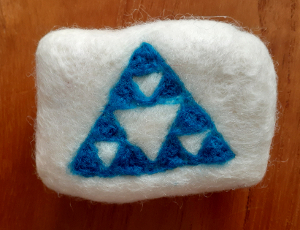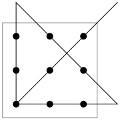Have you ever heard of ikigai? The Japanese concept which gives four simple requirements for a happy career:
- Do what you love.
- Do what you are good at.
- Do what impacts the world.
- Do what you can get paid for.
I often think about it for myself and for my students. Is this good advice for finding a career path?
I like that ikigai separates the first two requirements: passion and gift. Many of my students do not see the difference, as passion and gift are highly correlated. When you love something, you practice it and become better at it. When you are good at something, it becomes easy and enjoyable.
Nonetheless, passion and gift are different. Unfortunately, I’ve seen students who are good at math only because their parents push them, but they do not love it. Some of them already found their passion but are afraid to tell their parents. Some haven’t yet found their passion, but it is perfectly clear that math is not it. So, a gift doesn’t imply passion.
What about the other way around? My programs are too selective, so I haven’t seen students who are not gifted in math. I will use myself as an example. I have always passionately loved dancing, but it is obvious that my dancing career would have been a disaster. I am very happy I closed that career path in fifth grade.
Anyway, the first two ikigai requirements are not the same, and both are necessary.
The third ikigai requirement is about doing what the world needs. Impacting the world is a great motivator and makes you feel good. And yet, I see happy and successful mathematicians who only care about the beauty of what they are doing and nothing else. This requirement is important but might not be a deal breaker for everyone.
The last ikigai requirement is crucial. If you are not being paid for your efforts, it is not a career; it is a hobby. I got attracted to it because it includes an important caveat: you need to find people who want to pay you for what you can offer. I recently wrote an essay Follow Your Heart? about many young aspiring opera singers who ignored this last requirement and ended up changing careers.
Nevertheless, the whole concept of ikigai bugs me. People who find their dream job might agree to work for much less pay than they are worth. It opens them up to potential exploitation by greedy employers.
Have I reached my ikigai? Judging by my low pay, I am close.
Share:














